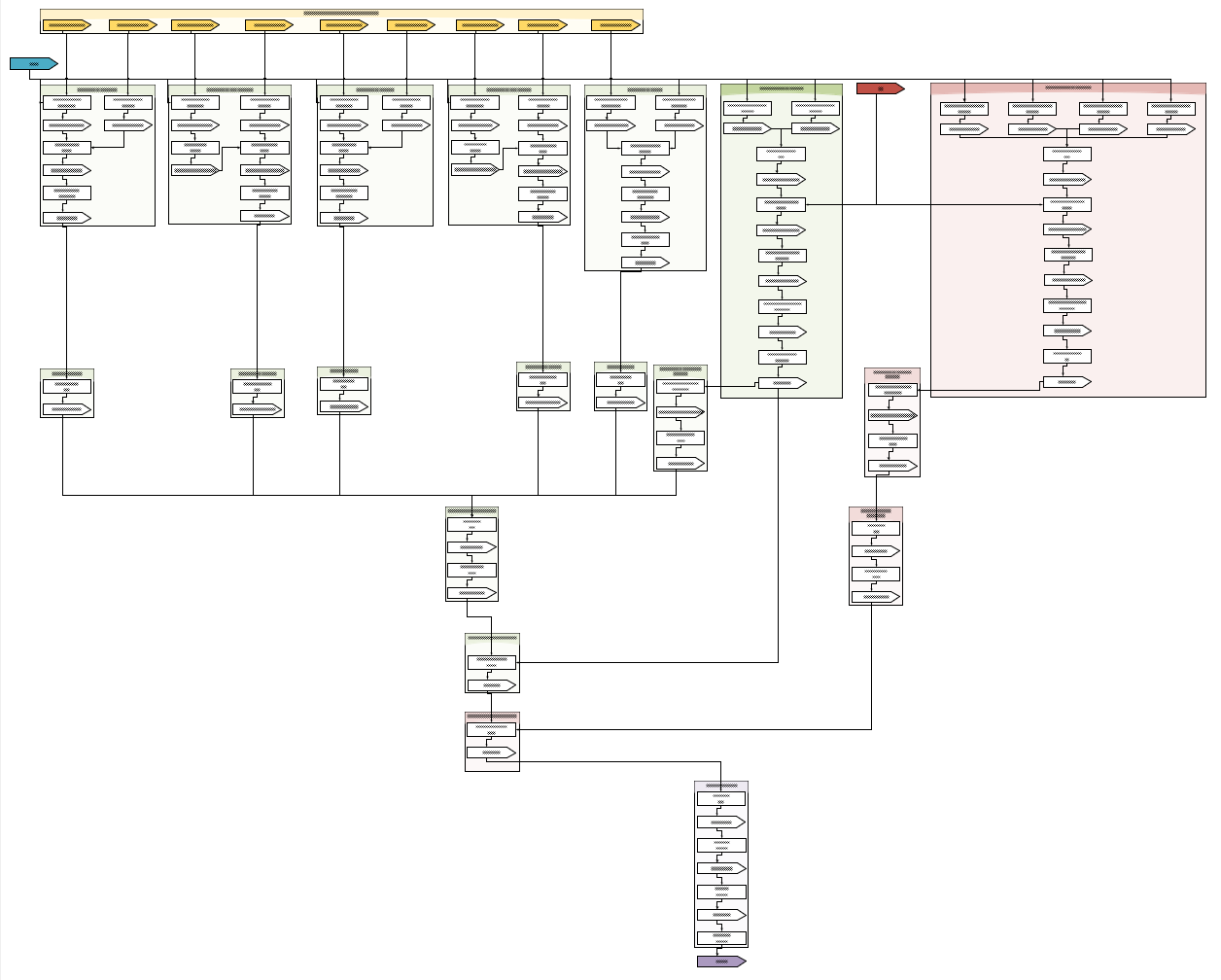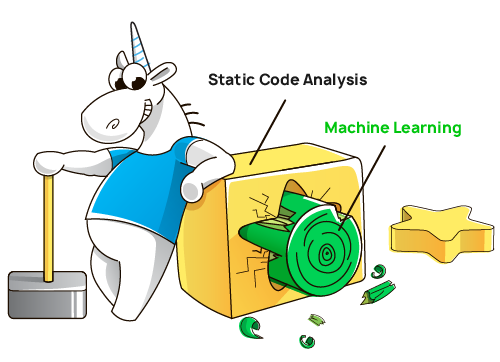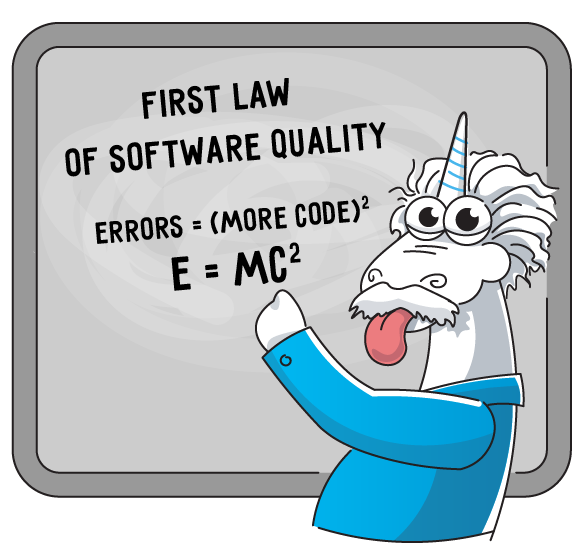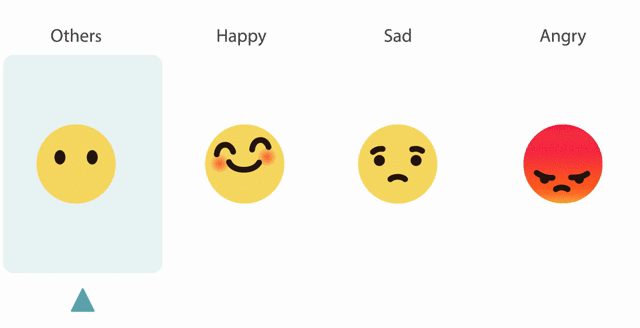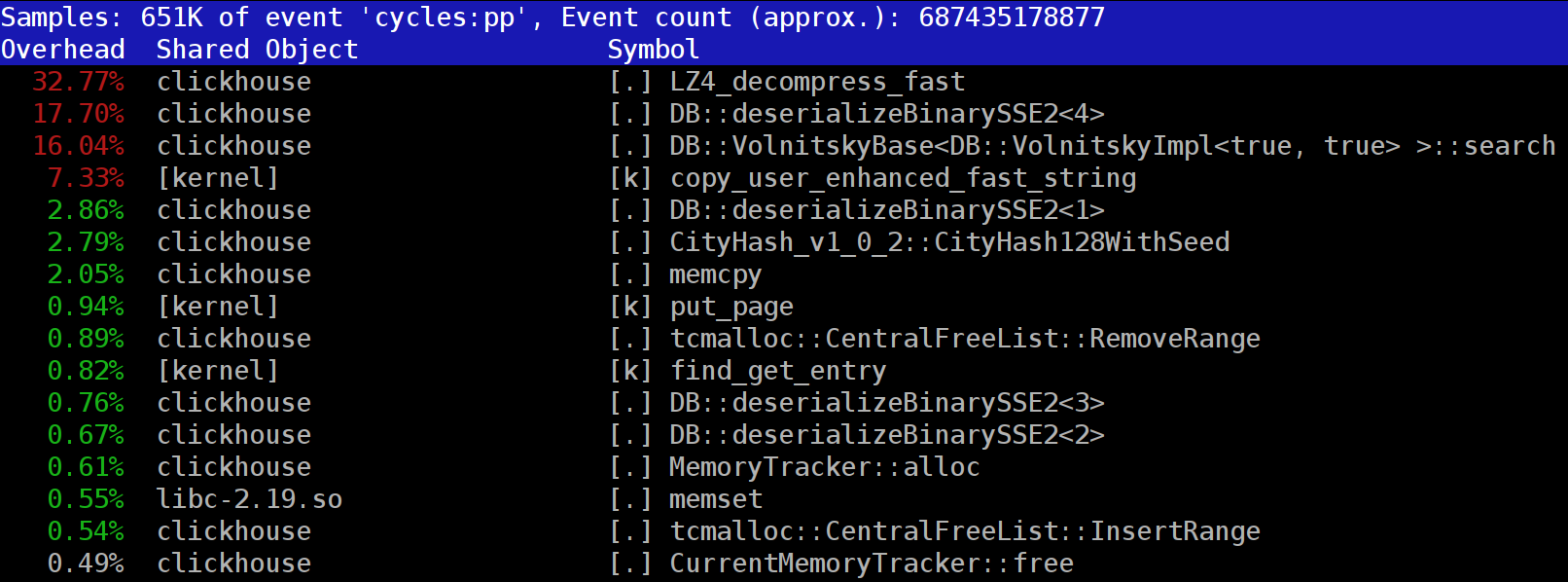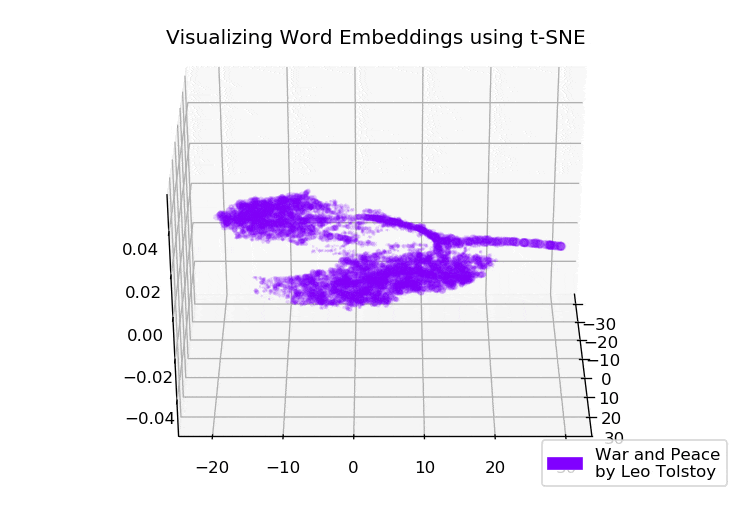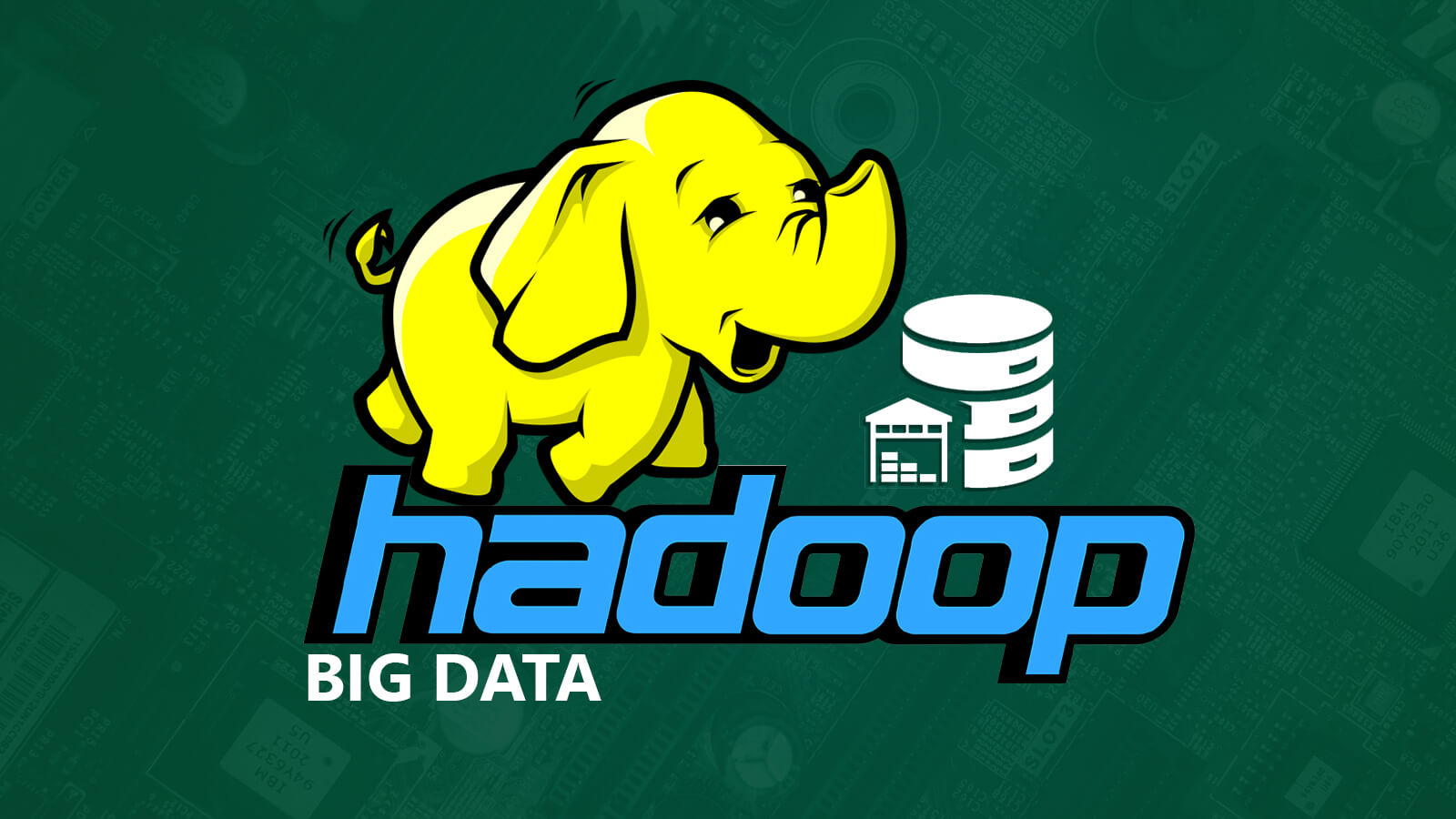
Hadoop is divided into different modules, each of which delivers a distinct task crucial for a computer system and is uniquely designed for big data analytics. Apache Software Foundation developed this incredible platform. It is extensively utilized by worldwide developers to build big data Hadoop solutions amazingly and easily.
Big data offers several perks, some of them are; examining root causes of failures, recognizing the potential of data-driven marketing, improving and enhancing customer engagement, and much more. By offering multiple solutions in a single stream it helps in lowering the cost of the organization.
In various industries such as Retail, Manufacturing, Financial insurance, Education, Transportation, Agriculture, Healthcare, Energy, etc big data is utilized and that’s why it’s demand is expanding day by day. The Global Hadoop Market is envisioned to grow to $84.6 billion by 2021, with an expected CAGR of 63.4%.

